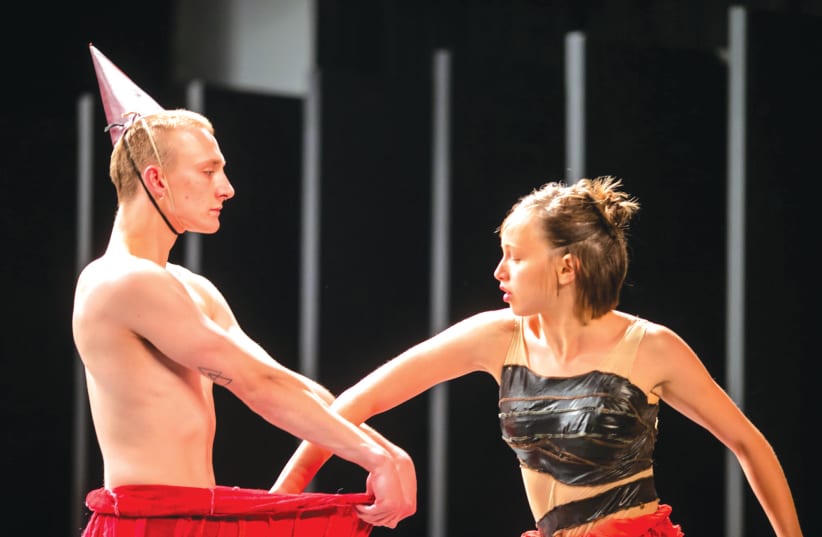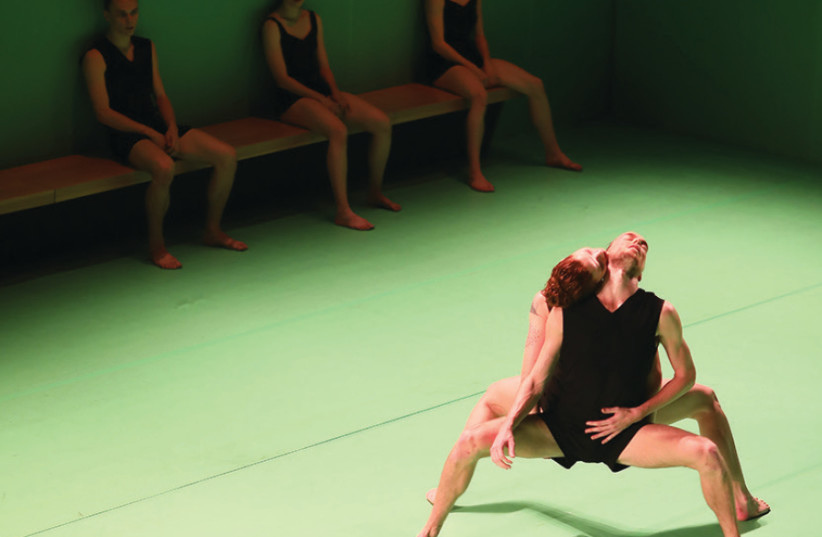The original title of choreographer Ohad Naharin’s Decadance, premiered in 2000, marked the first decade of a massive body of dance works that Naharin had created for Batsheva since he returned to Israel in 1990 and took the position of the company’s artistic director.
This celebrated creation introduced a work composed as a mélange of scenes from previous works by Naharin, among them the revolutionary Kyr, Anaphase (both from 1993) and Naharin’s Virus of 2001 along several sections from other favorite creations of that era served as the building blocks of Decadance, originally created for the Batsheva Dance Company. The odd one among the creation’s selection is Zorn, a short piece that Naharin had made for university students abroad.
This decade and the ones following, endowed Batsheva with international notoriety and Naharin’s reputation soared with it. Apparently, Naharin must have decided that it is the right time to do a new version of Decadance, three decades after he took over the reins of Batsheva.
Inevitably, after three productive decades, Naharin had a lot of material to pick from. He also decided to hand the current Decadance #21 to the Batsheva Young Ensemble, its second younger company. These dancers are trained for the challenge. Further, the young dancers did very well and a few even attracted the eye.
If one expected to see on the vast stage of the Tel Aviv Performing Arts Center some of the favorite sections from the original version of Decadance, or sections of some more outstanding works by Naharin in the last decade and didn’t, then one must realize that the chosen sections were mostly from dances without complicated sets and costumes for practical reasons. Several scenes retained their original structure, like Ehad Mi Yodeah set to the famous Passover chant, while some scenes went through more intensive changes that often gave them a refreshing effect.
In recent years, the company took from its archives selected older Naharin works, refurbished them and brought them back to the company’s active repertoire infusing them with new life. This turned out to be a treat for Batsheva’s younger audiences and a treat for avid followers. Perhaps in a decade or two, we’ll be lucky to see Decadance #3.
Seeing the evening unfold had a bit of nice nostalgic flavor, yet was followed by regret that this particular assemblage didn’t present the true diversity of the company’s repertoire nor Naharin’s full original and challenging artistic range.

